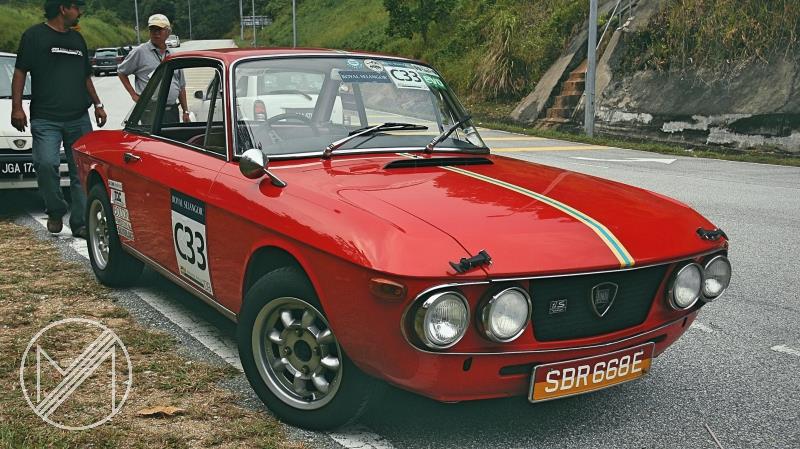Here is a fun question never to ask at parties. “What is the quintessential <insert car brand here>?”
Depending on your company it could either be a night of heated discussions or your first step into your new status as a social pariah. Either way, there will be no satisfactory answer. How do you encapsulate several decades of history and changing trends into a single car? Should BMW owners get passive aggressive over the 2002 as being more significant to BMW’s identity than the E30 3 Series? Or how about debating if the Countach had more influence on Lamborghini’s destiny than the Miura?
See, it’s a fun game in the same way Monopoly is; spiced with the pronounced risk of destroying relationships.
So with caution already thrown to the wind, I shall raise the opinion that Lancia’s quintessential car wasn’t the beautiful Stratos or that Sega Rally fan favourite, the Delta Integrale. I might consider the Delta S4, which was the personification of Rally Russian Roulette of the 1980s, but that was the culmination of several decades of what I believe was Lancia’s defining characteristic – their Italian flair approach to their engineering ingenuity. For that, my vote goes to the utterly gorgeous Fulvia Coupe.

If Lancias are meant to be beautiful, the Fulvia Coupe is timeless. Its shape is eternal, a sculpted delicate beauty that looks as modern and contemporary in any of the five decades it has been in existence.
But what about that aforementioned Italian flair in its engineering ingenuity. Well, it is there in the form of its V4 engine. Now a V4 engine is an intriguing choice of engine, compact and smooth running, it is rarely found outside of the world of motorcycles. But considering its dimensions, one can just imagine the packaging possibilities at hand, which would make for better weight distribution.

What’s that you say? Lancia made it a front wheel drive car? No problem, that means more space to fit the gearbox? What? What do you mean it is longitudinally mounted in front of the front axle? And the V4 has a narrow-angle of just 12-degrees, making it nearly an inline-four that only uses a single cylinder bank, and to top it off, it sits titled over at a 45-degree angle in the engine bay, so the engine’s centre of gravity isn’t really aligned to that of the car’s.
And that my friends, is Lancia engineering for you. You can think of it as a “reverse 911”, except with the use of a lot fewer rulers and a lot more hand-gesturing.

I’ve only seen a Fulvia Coupe once in my life, and you could have fooled me of its front-engine front-wheel drive layout. With its balanced proportions and lean-forward stance, the Fulvia could easily pass off as a classic rear-wheel drive sports car without a second guess.
Despite its strange make-up, reviewers of the day described the car as “an engineering tour de force” and its handling as “precise”. What’s more, the Fulvia started Lancia’s penchant for dominating the sport of rallying, with the 1.6-litre Fulvia HF Coupe taking the 1972 International Championship with a 13-point lead before it was discontinued. Statistically, the Stratos and the Delta Integrale are, without a doubt, the better rallying machines, but the Fulvia HF Coupe was the genesis to Lancia’s greatest legacy.
And if a quintessential car has to be the starting point from which its maker forms its whole fame and identity, then the Fulvia is entirely guilty of that.

